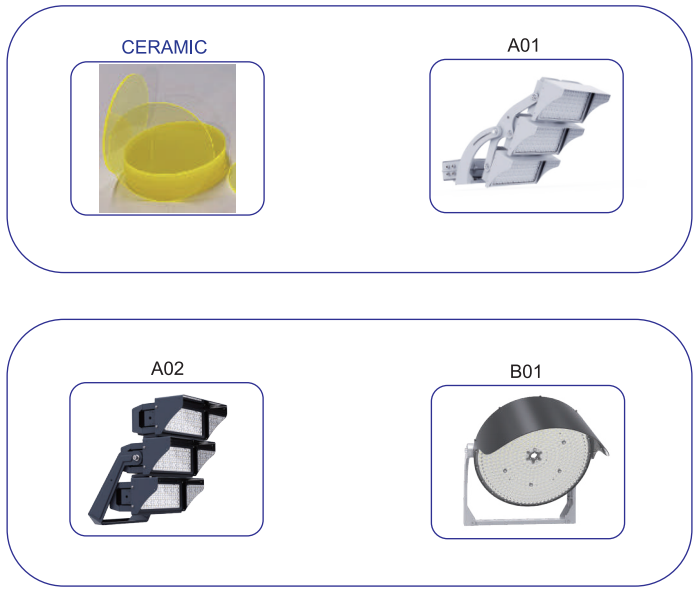NCAA Tennis Court Lighting Levels Requirements:Best Led Lights For Indoor/Outdoor Tennis Courts
NCAA Tennis Court Lighting Levels Requirements:Best Led Lights For Indoor/Outdoor Tennis Courts
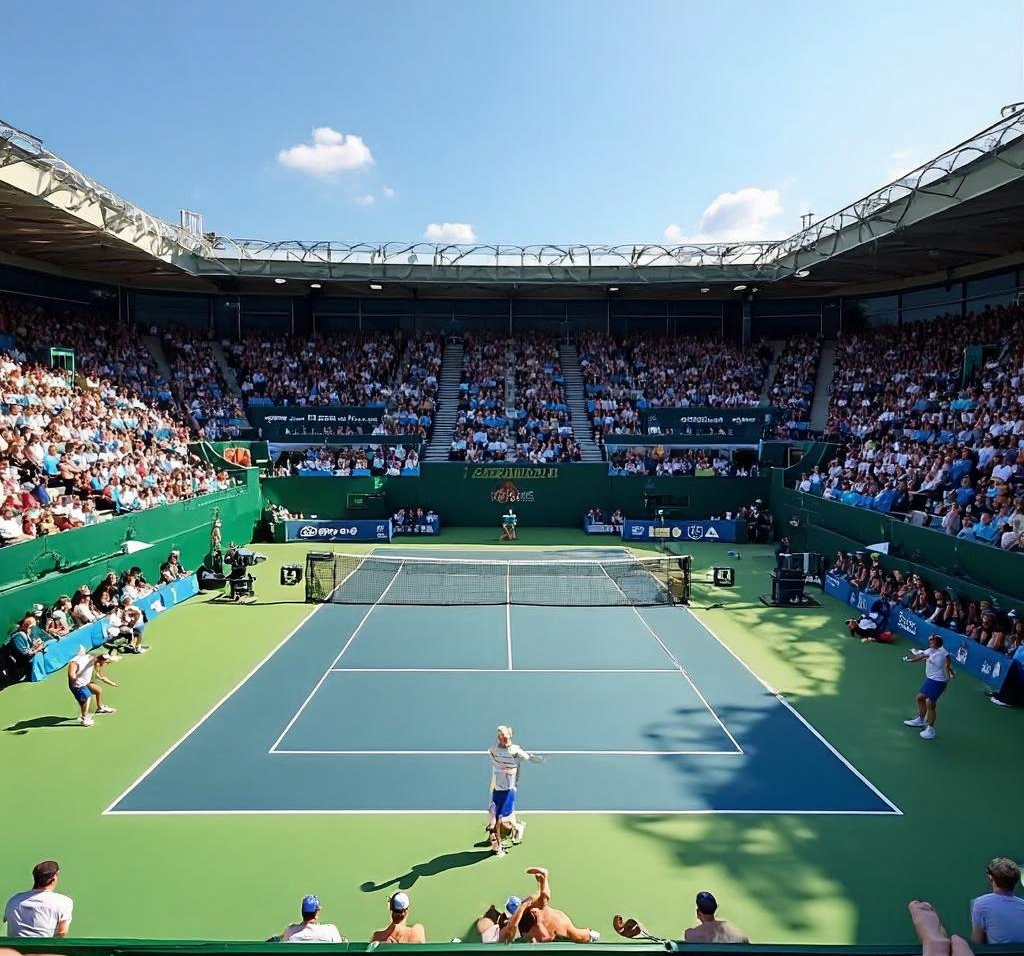
Directory:
1. Best Lighting Practices: Standard Intercollegiate Play
2. Best Lighting Practices: Regional Broadcast
3. Best Lighting Practices: National Broadcast
4. Best Lighting Practices: National Broadcast Final Site
5. Best Lighting Practices: Performance Checklist
6. Indoor/Outdoor Tennis Courts Lighting Performance Checklist: Survey Sample
7. Best Led Lights For Indoor/Outdoor Tennis Courts
1. Best Lighting Practices: Standard Intercollegiate Play
Following these recommended best practices will help ensure quality of light needed for the safety of participants and the enjoyment of spectators, as required.
Horizontal light levels: 75 footcandles
Horizontal uniformity: 1.7:1
Grid spacing: 10 ft x 10 ft
Recommended pole placement:
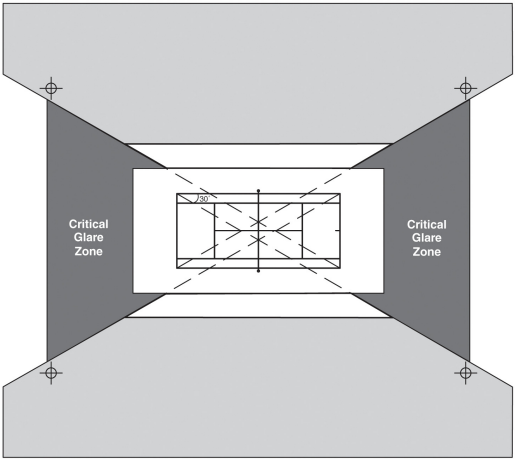
1.1 Typical court size is 60 ft x 120 ft. Primary playing area is 48 ft x 98 ft. Special consideration may be needed for lighting spectator areas.
1.2 Gray shaded areas indicate recommended pole locations. Location and quantity of poles and lighting sources shall depend on stadium design, size, and pole setback requirements.
1.3 Angle should be a minimum of 25 degrees for sharp cutoff-type luminaires and a minimum of 30 degrees for led flood lights.
1.4 For new facilities or upgrades, it is recommended to consult a lighting professional for optimal pole placement.
2. Best Lighting Practices: Regional Broadcast
Following these recommended best practices will help ensure quality of light needed for safety of participants, enjoyment of spectators, and quality regional television broadcasts, as required.
Horizontal light levels: 75 footcandles
Horizontal uniformity: 1.7:1
Vertical light levels: 75 footcandles to high end camera main
45 footcandles to low net camera
Vertical uniformity: 2.0:1 to high end camera main
Grid spacing: 10 ft x 10 ft
Recommended pole placement:
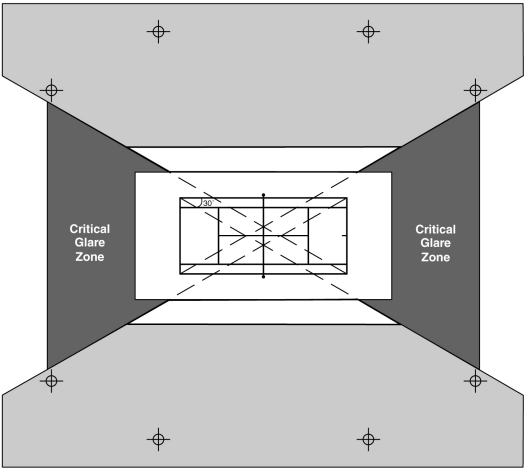
2.1 Typical court size is 60 ft x 120 ft. Primary playing area is 48 ft x 98 ft. Special consideration may be needed for lighting spectator areas depending on broadcast requirements.
2.2 Gray shaded areas indicate recommended pole locations. Location and quantity of poles and lighting sources shall depend on stadium design, size, and pole setback requirements.
2.3 Angle should be a minimum of 25 degrees for sharp cutoff-type luminaires and a minimum of 30 degrees for led flood lights.
2.4 For new facilities or upgrades, it is recommended to consult a lighting professional for optimal pole placement.
3. Best Lighting Practices: National Broadcast
Following these recommended best practices will help ensure quality of light needed for safety of participants, enjoyment of spectators, and quality national television broadcasts, as required.
Horizontal light levels: 100 footcandles
Horizontal uniformity: 1.7:1
Vertical light levels: 100 footcandles to high end camera main
60 footcandles to low net camera
Vertical uniformity: 1.7:1 to high end camera main
Grid spacing: 10 ft x 10 ft
Recommended pole placement:
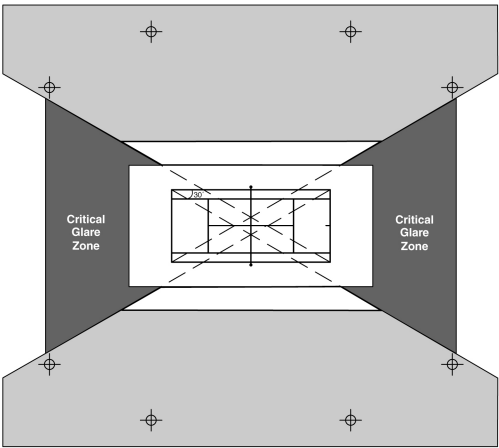
3.1 Typical court size is 60 ft x 120 ft. Primary playing area is 48 ft x 98 ft. Special consideration may be needed for lighting spectator areas depending on broadcast requirements.
3.2 Gray shaded areas indicate recommended pole locations. Location and quantity of poles and lighting sources shall depend on stadium design, size, and pole setback requirements.
3.3 Angle should be a minimum of 25 degrees for sharp cutoff-type luminaires and a minimum of 30 degrees for led flood lights.
3.4 For new facilities or upgrades, it is recommended to consult a lighting professional for optimal pole placement.
4. Best Lighting Practices: National Broadcast Final Site
Following these recommended best practices will help ensure quality of light needed for safety of participants, enjoyment of spectators, and quality national championship final site television broadcasts, as required.
Horizontal light levels: 125 footcandles
Horizontal uniformity: 1.5:1
Vertical light levels: 125 footcandles to high end camera main
75 footcandles to low net camera
Vertical uniformity: 1.5:1 to high end camera main
1.7:1 to low net camera
Grid spacing: 10 ft x 10 ft
Recommended pole placement:
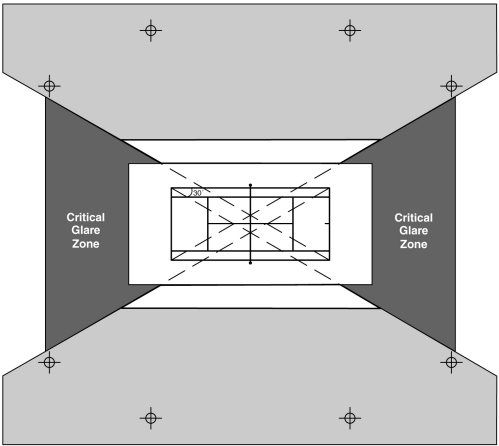
4.1 Typical court size is 60 ft x 120 ft. Primary playing area is 48 ft x 98 ft. Special consideration may be needed for lighting spectator areas depending on broadcast requirements.
4.2 Gray shaded areas indicate recommended pole locations. Location and quantity of poles and lighting sources shall depend on stadium design, size, and pole setback requirements.
4.3 Angle should be a minimum of 25 degrees for sharp cutoff-type luminaires and a minimum of 30 degrees for led flood lights.
4.4 For new facilities or upgrades, it is recommended to consult a lighting professional for optimal pole placement.
5. Best Lighting Practices: Performance Checklist

6. Indoor/Outdoor Tennis Courts Lighting Performance Checklist: Survey Sample
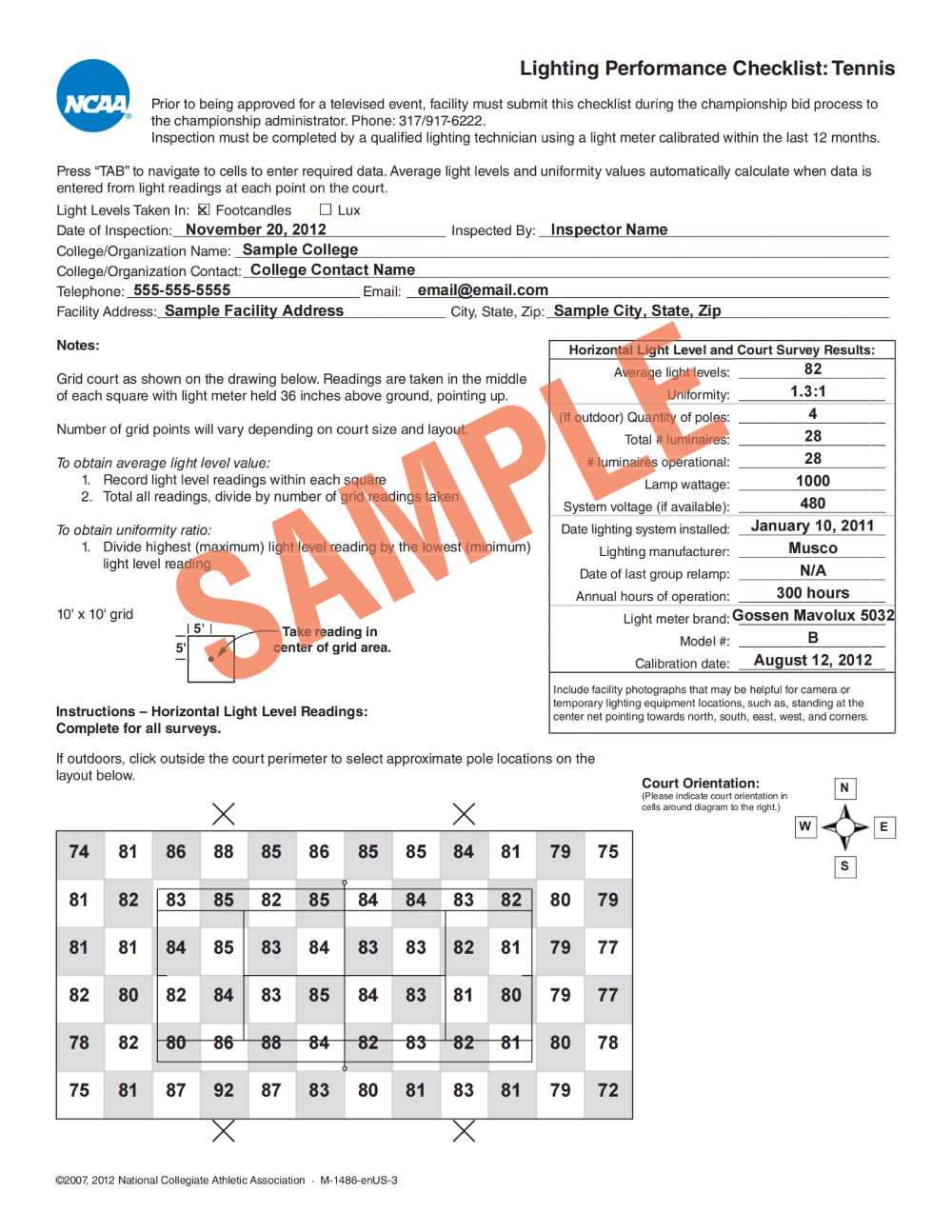
7. Best Led Lights For Indoor/Outdoor Tennis Courts
Tennis Courts Flood light A01 Tennis Courts Flood light A02 Tennis Courts Flood light B01
